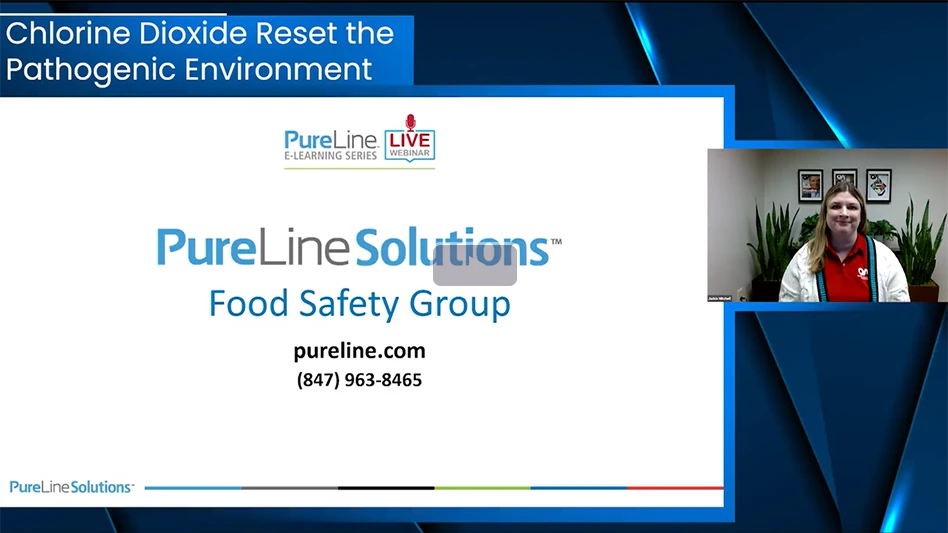
As food safety testing continues to evolve, it has become ever more important to ensure that your methods and technicians are providing you with reliable results. Participating in a proficiency program is a great way to build confidence in your methods and technicians. Cherney Microbiological Services, Ltd.’s Proficiency Manager Ashley Erdman explains.
1. Why participate in a proficiency program?
Aside from meeting regulatory compliances, participation in a proficiency program is a GLP that ensures competency of your staff. Proficiency programs allow comparison not only internally, but also with technicians from other laboratories. The need for improvements in your processes becomes apparent before it becomes a problem. These factors will help strengthen relationships with customers by showing commitment to quality and improvement.
2. What is important when selecting a program?
The most important factor when selecting a program is ensuring it is fit for your purpose. Choose a program that allows the use of your internal methods and processes as they are, or as close to routine as possible. Other important factors include: matrix of the sample, ease of processing, presentation of results, size of the program, and response of the provider. Remember, if you are an ISO-accredited laboratory, you must use an ISO 17043 accredited proficiency provider.
3. What is the difference between z and z’ scores?
Z’ scores include the uncertainty of the assigned value and minimize the effect of outliers on the overall statistical analysis of the data, helping ensure your results are not impacted negatively by outliers. Z scores do not include this uncertainty.
4. What should I do with my report?
Review your report in a timely manner and compare your value against the group for that round. Perform a root-cause investigation for any unsatisfactory results. In doing so, you can make necessary changes to improve future performance. As you obtain reports over time, be sure to track and trend your data. Even without an unsatisfactory result, you may still be able to make improvements upon your results. For example, if you are always higher than the average (assigned value), you may have a bias in your method or process. Again, perform a root-cause investigation, review your procedures, verify procedures are followed and then make any necessary improvements.
5. What are common errors associated with proficiency?
Often, the errors are simple mistakes. Some of the most common mistakes are serial dilution errors during plating set-up of samples and interpretation of results. Other clerical errors occur while entering data, including using the incorrect values or transposing test results. Having documented processes and conducting a review of the work help reduce these common errors.

Explore the March 2019 Issue
Check out more from this issue and find your next story to read.
Latest from Quality Assurance & Food Safety
- Kim Heiman Elected to Second Term as President of Wisconsin Cheese Makers Association
- FAO Launches $150 Million Plan to Restore Ukrainian Agricultural Production
- Pet Food Company Implements Weavix Radio System for Manufacturing Communication
- Penn State Offers Short Course on Food Safety and Sanitation for Manufacturers
- USDA Announces New Presidential Appointments
- FDA to Phase Out Petroleum-Based Synthetic Dyes in Food
- IFT DC Section to Host Food Policy Event Featuring FDA, USDA Leaders
- CSQ Invites Public Comments on Improved Cannabis Safety, Quality Standards





